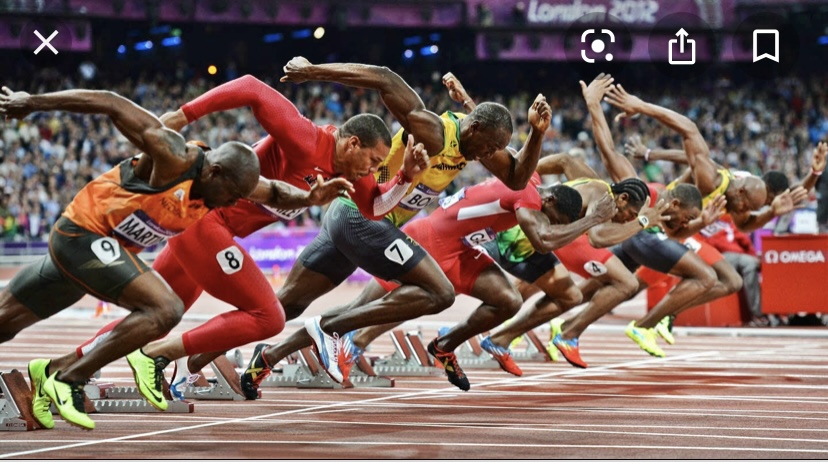Written by: Kevin Cann
I am writing this to go along with my Instagram post, but just where I can use more words. This is a conversation that I have continuously with the team, and I feel it is extremely important to understand.
People get stuck on the narrative that we need to use the lifts to build the lifts. That we need to keep increasing the weight of the lifts to improve performance as increasing volume is necessary over time to get stronger. Dynamic effort work, also known as speed work, is not the place for this.
Speed work is for increasing our rate of force development. This is our ability to produce max force more quickly. Even though max weights will move slow, internally we need to apply that force as fast as possible, or we will not be able to overcome the weights. There is a time limit here for us to be successful in an attempt.
According to the size principle, the smaller motor units are recruited first and then the larger ones. To move max weights, we need to get to the larger motor units faster and get more of them involved, and we need to do this as efficiently as possible. This is what speed work is training.
Therefore, the speeds at which we are working are at are very important. If the speeds slow down, we are no longer working our ability to produce force quickly. We want to be working in the .6-.7m/s to .8-.9m/s range. The average intensity to be in this range is 40% to 60% of 1RM. The squat, bench press, and deadlift have deceleration at these weights. We can’t get faster by slowing down. This is why in strength and conditioning programs the Olympic lifts are utilized as these lifts do not have deceleration, even at these lighter weights.
To address this deceleration, we place bands, or chains on the barbell. The bands and chains should account for 25% to 30% of the total bar weight. We can then place the 40% to 60% of our 1RM on the bar and not have the negative effects of deceleration. The body does not understand band tension versus straight weight. It just understands force.
We end up moving 70% to 90% of 1RM as if it is 40% to 60% of 1RM. We are moving bigger weights faster. As Charlie Francis said, if you want to be fast you need to train fast. Sprinting and lifting here are not very different. The bands will pull the bar down faster than gravity. This increase in speed increases kinetic energy and produces a greater stretch reflex. The athlete is essentially training in an environment where gravity is faster than earth. This creates adaptation to counteract that, and that adaptation is explosive power.
The box squat brings another element into play to increase explosive power. The athlete will have a collision into the box that creates tissue deformation. Think of bouncing a basketball, the greater the deformation of the rubber skin, the greater the bounce. The same is true of our muscles, but we also have a nervous system that responds to this deformation. The greater the collision, the greater the neurological adaptation to apply force to overcome those higher forces. The bar is still moving towards earth as the athlete hits the box. Think of a car accident when someone is not wearing a seatbelt. Bands are doing this at faster speeds too.
Upon hitting the box, the bar is still coming down, so the athlete needs tremendous back and ab strength to absorb the forces and be able to overcome them in the opposite direction. For this reason, all of my speed work is done with a box. The goal of this day is to develop explosive power, nothing else.
The box squat is a different technique and done too much can definitely lead to a lack of stability in the hole. To counter this I free squat more often on max effort work. I will typically take one free squat with straight weight one time per month. This is usually utilizing a specialty bar and may use a small amount of chains instead of bands. I will still use a lot of band tension for free squats as well, but this is often done with a box on max effort day as well to overcome those larger forces and work on what I stated above.
If more exposure to competition lifts is needed, that can be programmed in the primary accessory slot. 3 to 5 sets between 70-80% of 1RM can be done in these slots with the squat on day 1, bench on day 2, and deadlift on day 3. I do not do speed pulls very often as the squat increases my speed on deadlifts, so that primary accessory slot is usually used on good mornings, rdls, or any other exercise to work a weakness. Submax/rep work could easily be done here.
What we do most often is we set everything up in 4-week waves. First 3 weeks are Book of Methods speed work and week 4 is comp lifts between 70-80% of 1RM. This seems to be enough for most. We can also replace a max effort day with rep work when we need a break from higher intensity work. There are many options.
Remember that conjugate is the combing of methods. How you combine them is completely up to you and your weaknesses.

